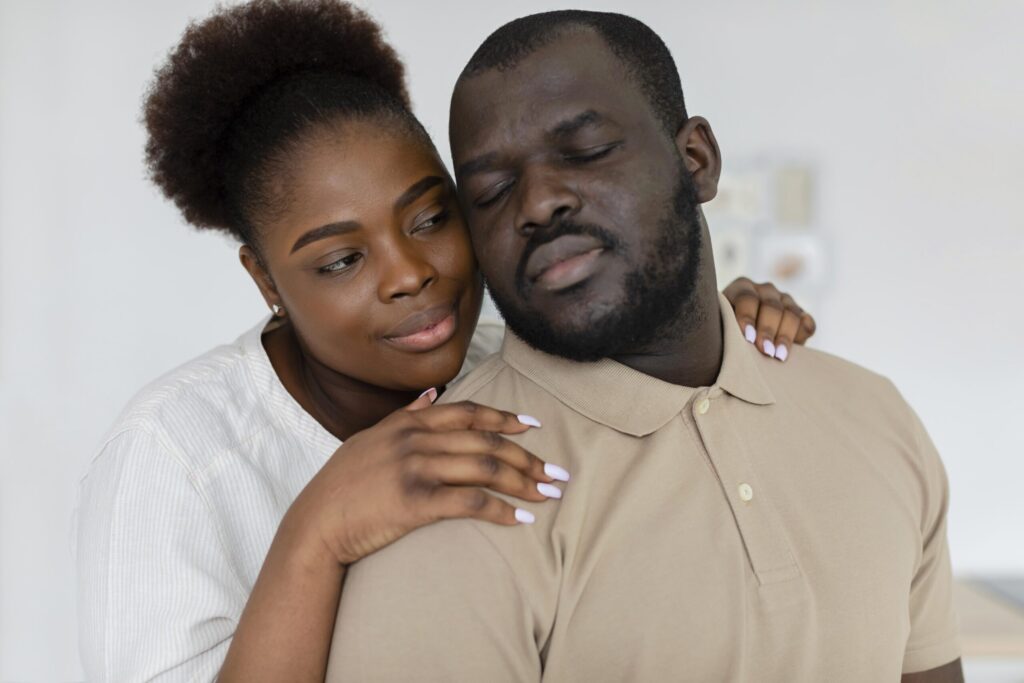The way people connect, define relationships, and handle intimacy often traces back to patterns formed early in life, and those patterns continue to show up in modern dating in subtle but powerful ways.
According to a nationally representative study of American adults, approximately 59% of respondents reported a secure attachment style, while 25% were classified as avoidant, and 11% as anxious.
While the majority of adults relate to secure attachment, around 40% navigate romantic life under the influence of less secure patterns, underpinning behaviors and emotional needs in dating contexts.
What Are Attachment Styles?
Attachment theory, first developed by psychologist John Bowlby and expanded by Mary Ainsworth, explains how our earliest relationships with caregivers shape the way we connect with others in adulthood. Over time, researchers have identified four main attachment styles:
- Secure Attachment – Comfortable with intimacy and independence, secure individuals balance closeness with personal boundaries.
- Anxious Attachment – Crave closeness and reassurance but often fear abandonment, leading to overthinking and clinginess.
- Avoidant Attachment – Value independence to the point of avoiding emotional closeness, often keeping partners at a distance.
- Fearful-Avoidant (Disorganized) Attachment – A mix of anxious and avoidant tendencies, marked by both a deep desire for intimacy and a fear of being hurt.
Why Attachment Styles Matter in Modern Dating
Modern dating comes with unique challenges like ghosting, casual hookups, situationships, and the paradox of choice that dating apps provide. Attachment styles influence how people respond to these dynamics:
- Anxious daters may struggle with the unpredictability of texting and ghosting, often reading too much into silence.
- Avoidant partners may find the constant availability of new matches overwhelming, reinforcing their desire to keep emotional distance.
- Secure individuals are generally better equipped to navigate dating highs and lows without losing themselves in the process.

Attachment Styles in Action: Modern Dating Examples
- Texting & Communication: Anxious partners may send multiple follow-up texts when left on read, while avoidant partners may delay responses to maintain space. Secure partners generally communicate openly and consistently.
- Commitment: Anxious partners may push for commitment quickly, while avoidants may resist labels. Secure partners approach commitment with balance, considering both emotional readiness and practical compatibility.
- Conflict Resolution: Avoidants may shut down during arguments, anxious partners may become emotionally overwhelmed, and secure individuals usually engage in problem-solving and reassurance.
Related article: Modern Dating Trends for Africans in the Diaspora: Love, Culture, and Technology in 2025
How to Date More Consciously with Attachment Styles
Awareness of your attachment style gives you a roadmap for growth. Here’s how you can apply it:
- Identify Your Style: Reflect on patterns in past relationships or take an attachment quiz to understand your tendencies.
- Communicate Needs Clearly: Anxious partners can learn to express needs calmly, while avoidant partners can practice vulnerability.
- Seek Secure Connections: Being with someone secure often helps regulate insecure tendencies, leading to healthier dynamics.
- Work on Healing: Therapy, journaling, and self-reflection can shift you toward secure attachment, no matter your starting point.
Modern dating may be filled with challenges, but understanding attachment styles offers clarity. By recognizing how you and your partner connect, you can break free from unhealthy cycles, embrace emotional maturity, and create relationships rooted in trust, respect, and intimacy.
In a world where love often feels complicated, attachment theory reminds us that much of how we date isn’t random but patterned. The good news? With self-awareness and growth, those patterns can change.











